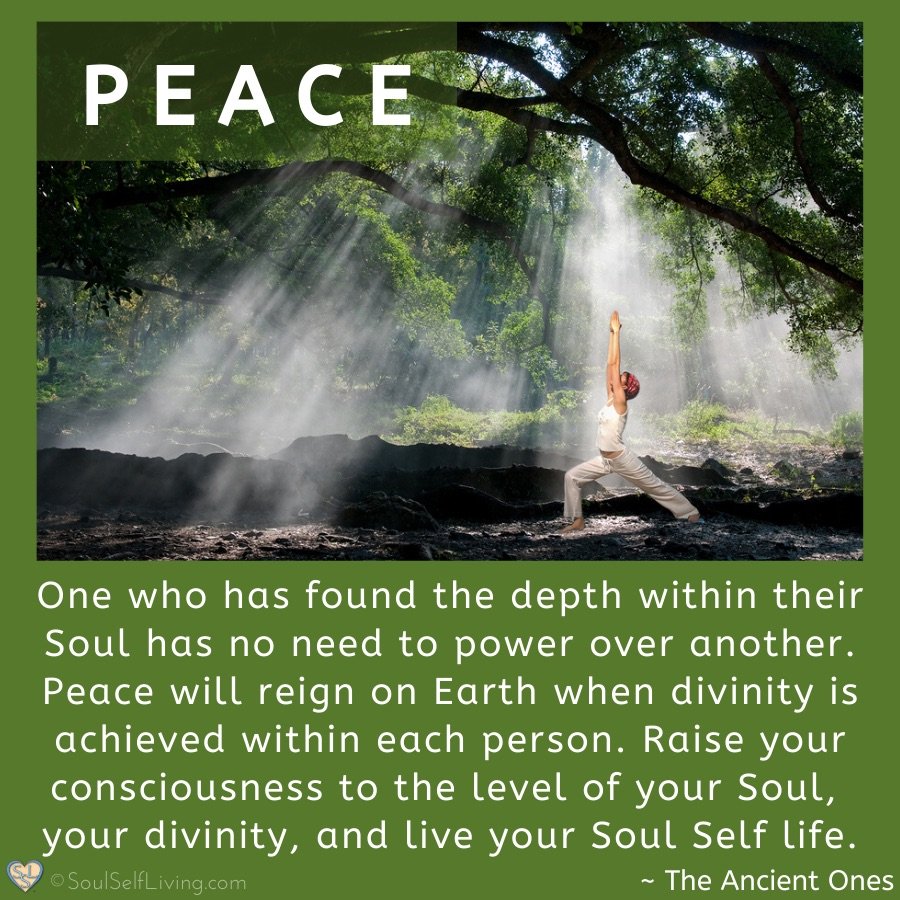The Bahá’í teachings encapsulate a profound understanding of peace, grounding their philosophy in a holistic approach to the human condition. The concept of ‘Being Peace’ invites adherents to embark on a transformative journey from a life centered on the fleeting pleasures of the ‘false self’ to one that embodies the attributes of the ‘true self’. This radical metamorphosis involves not merely a mental shift but a comprehensive reorientation of one’s existence. Are you ready to contemplate how the dissolution of the false self could pave the way for a more authentic and peaceful you?
To delve deeper into this esoteric yet vital journey, let us first delineate the distinctions between the false self and the true self. The false self is comprised of the superficial veneers created by societal norms, external validations, and ingrained fears. It thrives on self-importance and is often shackled by egocentric desires and material attachments. In contrast, the true self emanates from an intrinsic sense of unity with all creation, reflecting the divine attributes of love, compassion, and wisdom inherent in every human being.
The Bahá’í writings assert that to ‘let the false self die’ does not imply self-neglect or self-abasement. Rather, it calls for a conscious unveiling of deeper spiritual realities that rest beneath layers of conditioning. The process starts with self-examination. One must engage in rigorous introspection to discern the motivators behind actions, choices, and emotions. Are they borne of authentic desires or the meretricious echoes of societal expectations? This reflective inquiry can initially feel daunting, as it requires acknowledging vulnerability and relinquishing control over deeply ingrained habits.
In order to authentically embrace this journey, Bahá’ís are encouraged to cultivate prayerful meditation. This practice aids in connecting with the essence of one’s true self. By establishing a daily routine of meditation, individuals create a sacred space where the noise of the ego can be silenced. Such an environment fosters peacefulness, allowing insight into commonly held beliefs that may not serve one’s highest good. Over time, these moments of stillness become invaluable, revealing glimpses of profound spiritual truths that might otherwise remain obscured.
Complementary to meditation, engaging in acts of service emerges as a transformative pathway towards peace. Selfless acts transcend personal ego and enact the principle of oneness that lies at the heart of Bahá’í teachings. Serving others in your community cultivates empathy, compassion, and a sense of fellowship that propels the individual beyond the confines of the false self. Consider how helping those in need yields a depth of fulfillment that materially-centered pursuits rarely reach. Can you envision the quiet power of serving others as a stepping stone toward self-realization?
However, the challenge of fully relinquishing the false self often manifests in moments of internal resistance. Fear of loss—the core fear of allowing the old self to dissolve—can create dissonance and trigger anxiety. This challenge is not merely psychological but is deeply rooted in existential concerns. One might ponder, “Will I lose my identity? What will remain if I let go?” In navigating this tumultuous landscape, Bahá’ís are encouraged to lean into community support, fostering connections that resonate with shared goals of spiritual growth and peace. Group prayer, study circles, and discussions rooted in Bahá’í scripture can provide a nurturing platform for overcoming these challenges collaboratively.
Equally significant is the cultivation of virtues. The Bahá’í teachings underscore the necessity of embodying attributes such as patience, humility, and trustworthiness. These virtues serve as foundational elements that not only facilitate the death of the false self but also nourish the awakening of the true self. By actively practicing these virtues in daily life, one solidifies their commitment to aligning more closely with the divine will, creating a serene atmosphere conducive to inner peace. Reflect on how these attributes can become an integral part of your interactions, prompting transformations while engendering harmony within various spheres of existence.
Another indispensable aspect of this journey lies in understanding the interconnected nature of humanity. The teachings highlight our collective responsibility towards peace on a broader scale. When individuals transcend their self-imposed limitations, they inherently contribute to the betterment of the entire human family. This awareness propels one to act from a more expansive perspective, cultivating global peace and unity. How might your personal journey towards peace influence those around you, creating ripples that extend into the vast network of human relationships?
Ultimately, the aspiration to ‘be peace’ within the Bahá’í framework is a continual pilgrimage towards spiritual maturity. It demands persistence, courage, and an unwavering commitment to embrace change. Letting the false self die may appear perilous but is, in fact, the most remarkable act of liberation one can undertake. It opens the door to inner tranquility and authentic self-expression, paving the way for others to embark on their own respective journeys.
In conclusion, the teachings of the Bahá’í Faith articulate a richly layered understanding of peace as a multifaceted experience that transcends mere absence of conflict. It invites individuals to actively participate in the divine movement towards unity and harmony within themselves and with others. By contemplating the question of your own false self, you stand at the threshold of a profound transformation—a chance to rediscover a more profound, authentic existence that quietly invites peace into the collective human experience.
